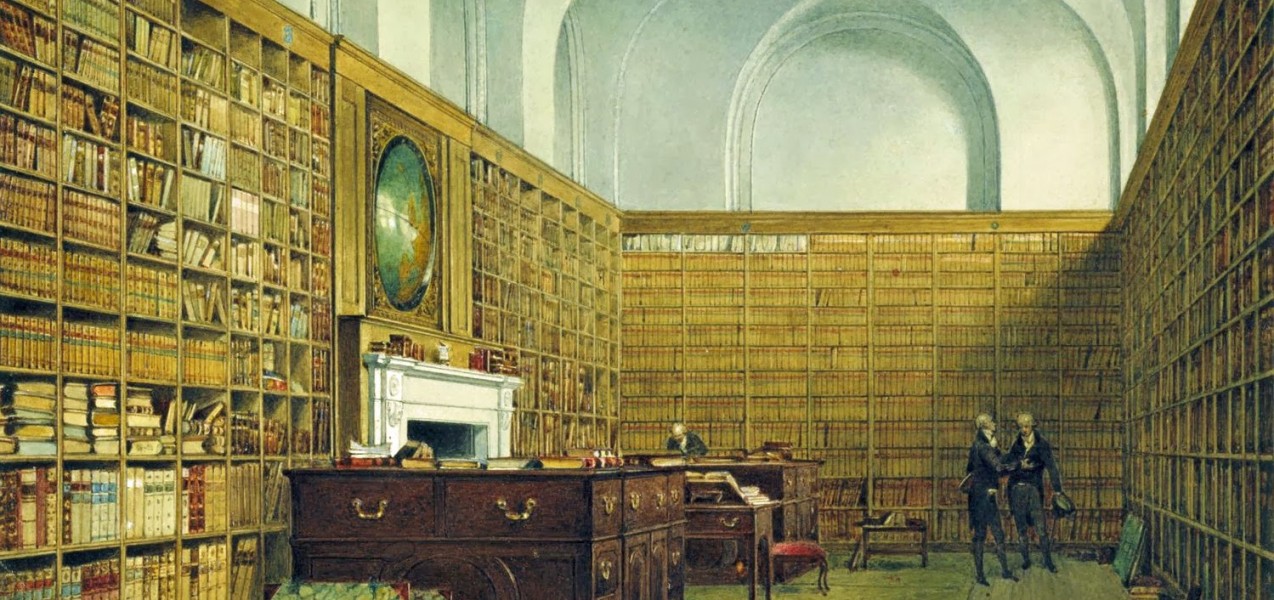When people talk about the strange flowering of videogames of the past 5 or so years, they typically speak of it in a binary sense: AAA or indie. I don’t even mean along a sliding scale; I mean truly binary, 1 or 0, this bucket or that one.
This sort of vocabulary is perpetuated in a lot of different spheres—most notably the, ack, media sphere—but it fails games in one central way: it focuses on them as objects of industry, and not of art. The decision of a creator to actualize her idea through Kickstarter or a major studio is ultimately a financial one, and so to categorize the resulting game and view it through that lens alone trivializes it, in a slow, aggregate way.
At some point, it’s worth reassessing any persnickety bit of language; note how words like “bro” or “hipster,” to pick two, have been used so aggressively over the past few years that they’re now almost meaningless. We’re already seeing those binary notions of “indie” and “AAA” crumble, anyway, each side co-opting the virtues (and, one must assume, the faults) of the other. Major publishers are overhauling their calendars to create small, artist-driven works, such as Child of Light and Hearthstone. Sony’s ceaseless touting of indie support for its systems reached an almost pornographic fervor during the run-up to the PlayStation 4’s release. Star Citizen‘s budget is higher than the gross domestic product of Tuvalu.
So, why do a week focused on genre? This is, after all, just more vocabulary. But, we thought, perhaps viewing that strange flowering through the lens of genre could be instructive. This is how we started late last year in an investigation that resulted in the piece that will run on Friday. But the view from this angle proved to be too alluring to stop there. Things slotted into place too neatly, there were too many new conclusions to draw, too many new reasons to be excited about games. Indeed, one of the big surprises in the months since then was how hard it was to narrow this project down to just five genres.
The people who play and make videogames, after all, often love genre. We almost always describe a game, in our first sentence to someone, by its type. We’re giddy to catalog the differences between platformers and Metroidvanias, SRPGs and ARPGs. The fun isn’t in the debate but in the orderliness of it, the drawing of neat lines.
Well: that orderliness is fast disappearing. It’d be no fun to spoil which genres we decided on—there will be surprises, I promise—but I will say that the thread that unifies them all isn’t just a deconstruction but also a democratization. The traditional walls that define play, ideas, and authorship are being torn down, but those bricks are being put to good use. Something new is being built with them. This week we’re taking a peek at the blueprints.
Monday: How do you make an RPG after Dark Souls?
Tuesday: The fighting game finds new life through instant death
Wednesday: The awfulness and the importance of the dress-up game
Thursday: A new breed of music game is about creating, not performing
Friday: Videogames enter the post-WASD era
